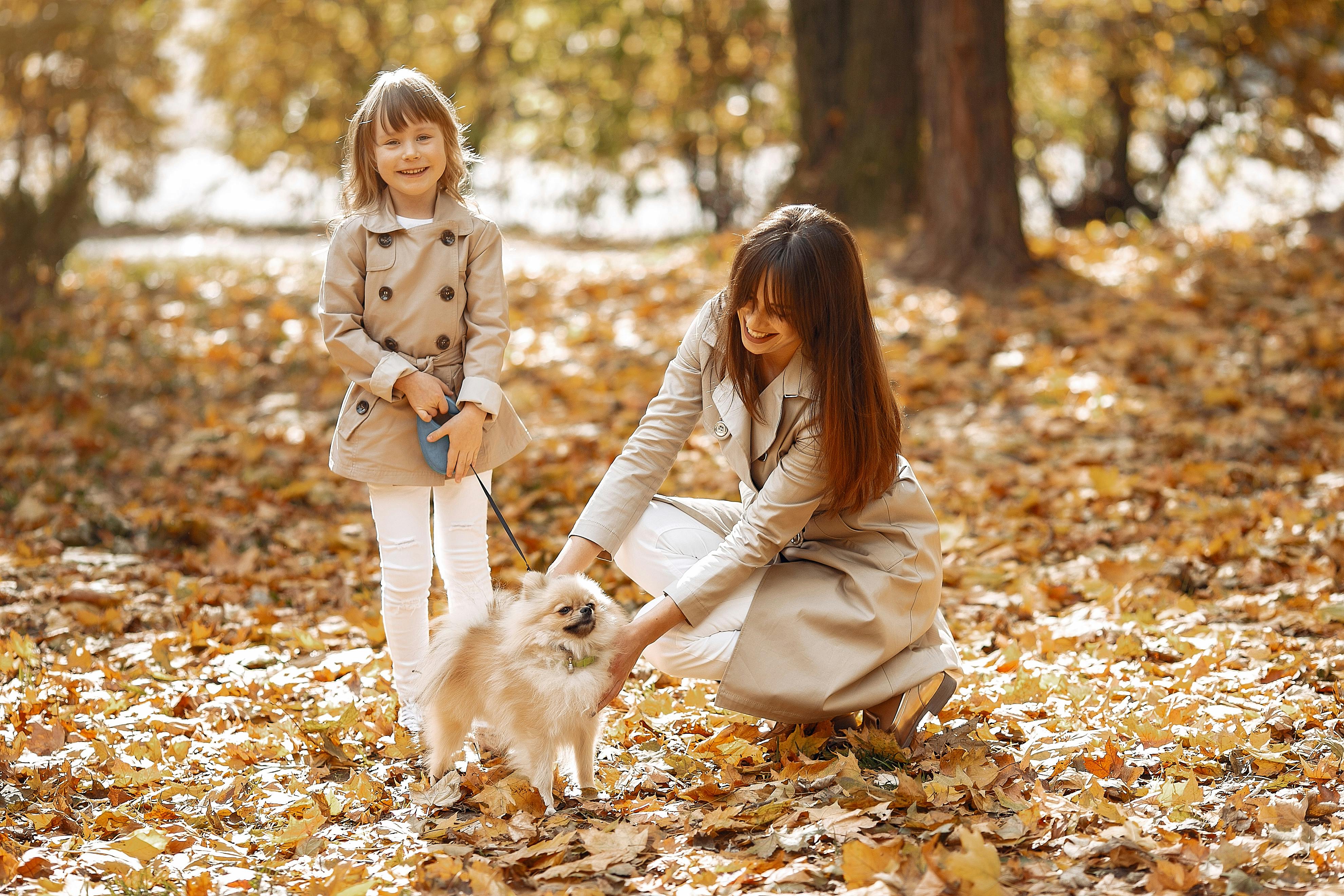
How to crate train puppies
admin
- 0
A new puppy means potty training, especially if the puppy is going to be an indoor dog. Puppies tend to potty where they feel like it, because they haven’t been trained otherwise. Crate training can be an effective way to potty train your pup without unnecessary psychological damage. Crate training involves placing a puppy inside a crate for periods of time. Puppies and dogs usually don’t use the bathroom where they sleep, and crate training helps establish sleeping domain areas. By keeping a puppy in a crate until it’s time to use the bathroom, puppies will learn that using the bathroom inside the house is not okay. It can be a long process, depending on the puppy’s temperament.
Keep an eye out for times when the pup may urinate inside, as this can be an indication of a schedule the pup is already on and one he can work on. Housebreaking is a confusing time for both pup and owner, so try to keep a firm, even tone when directing the pup to potty outside. Setting a schedule and sticking to it will go a long way in helping your puppy learn. Remember that puppies have a small bladder and it is just as painful for them as it is for you when you have to go to the bathroom. So be aware and respectful of their needs. This will help you build a trust and relationship with your pup that can make your housebreaking more successful.
The benefits of crate training make the home happier and healthier. When a dog understands his limits, he can be more affectionate and affectionate with the family that he is a part of. Remember, crate training is a long process for both the dog and the owner. Puppies are still curious creatures and not the most attentive ones because of it, so be patient with them. Rewarding them for appropriate behavior and playing outside of the house can reinforce the desired behavior and help make their training successful.
Techniques like paddling or rubbing your pup’s nose in his urine don’t work, so please don’t use them. Just confuse and scare your pup, you don’t want a pup that is scared and confused as far as you are concerned. It can also create unnecessary anxiety for your pup, reinforcing the negative behavior that he is trying to deny. They are as vulnerable and innocent as children, combined with the added confusion of the language barrier between dog and owner; pups can be easily stumped. Just take crate training one day at a time, offer your pup love and affection, and you’ll both be successful in everything you do.

